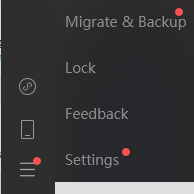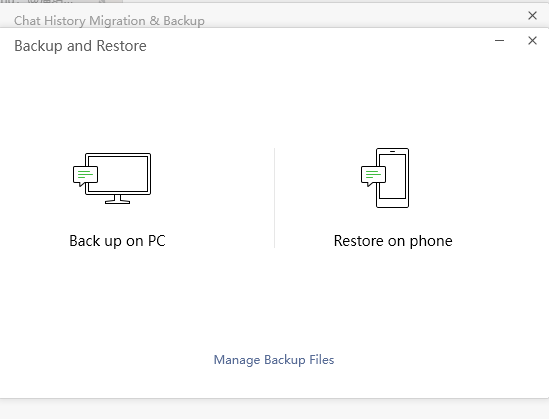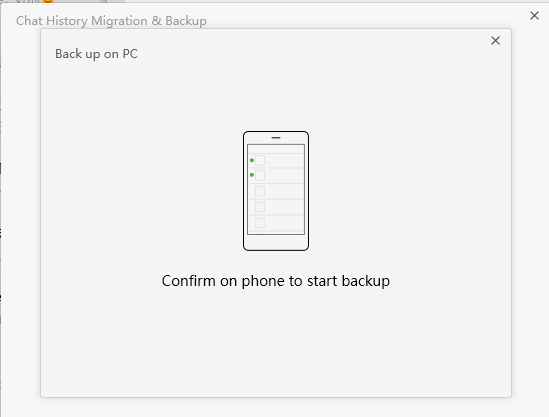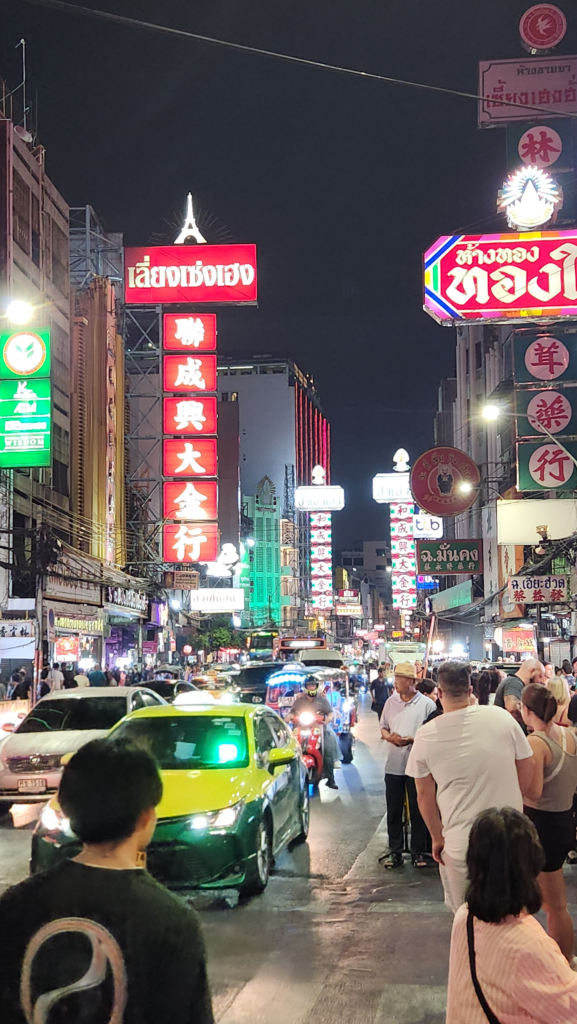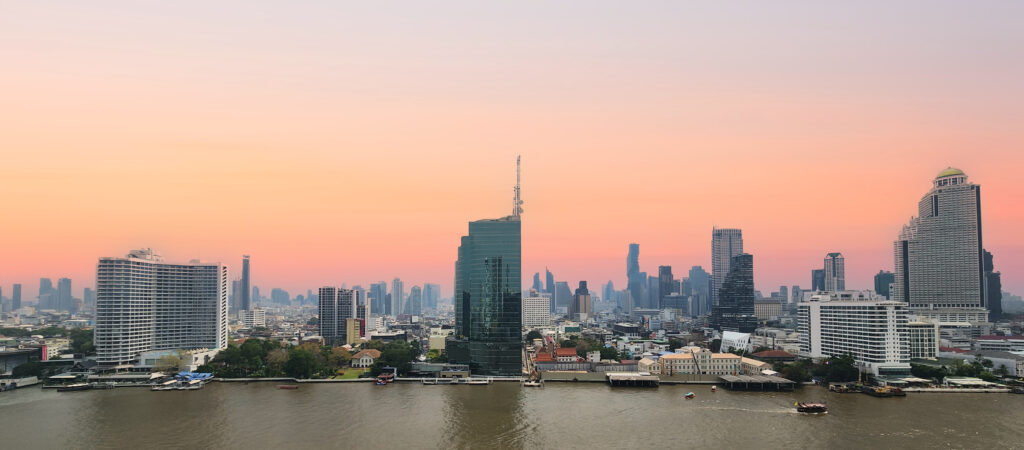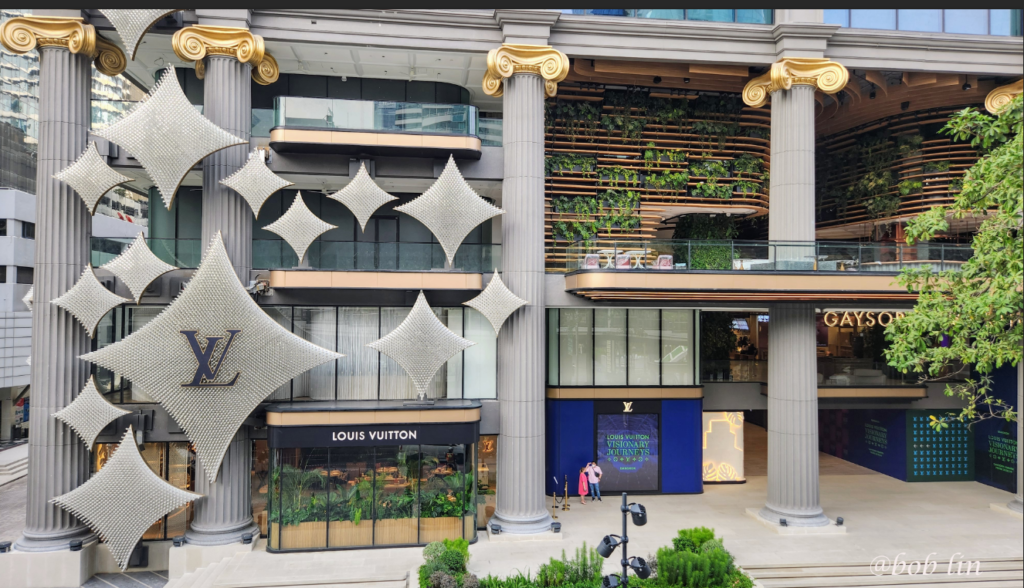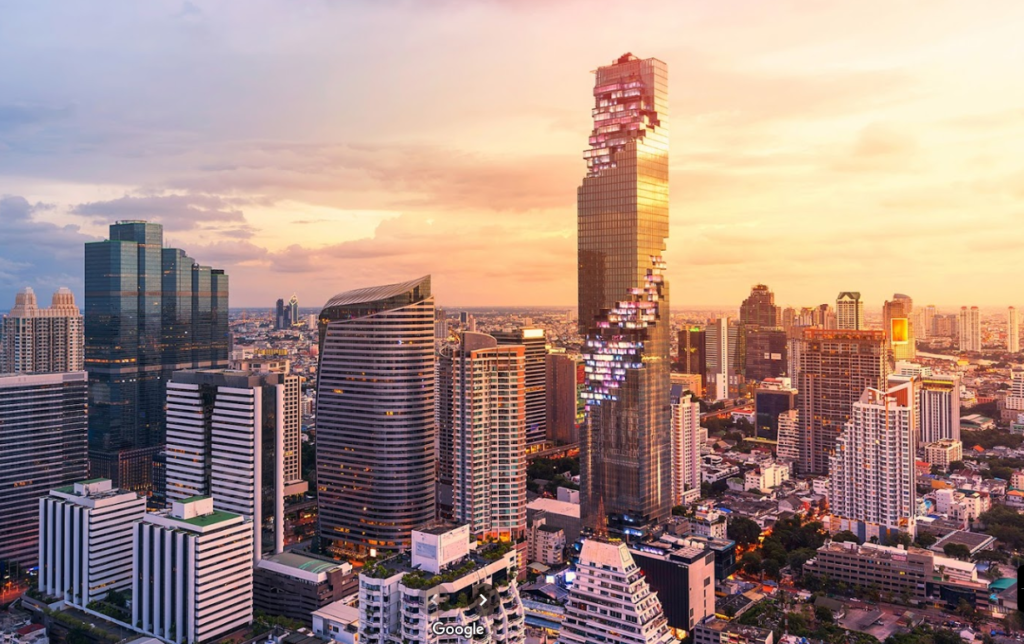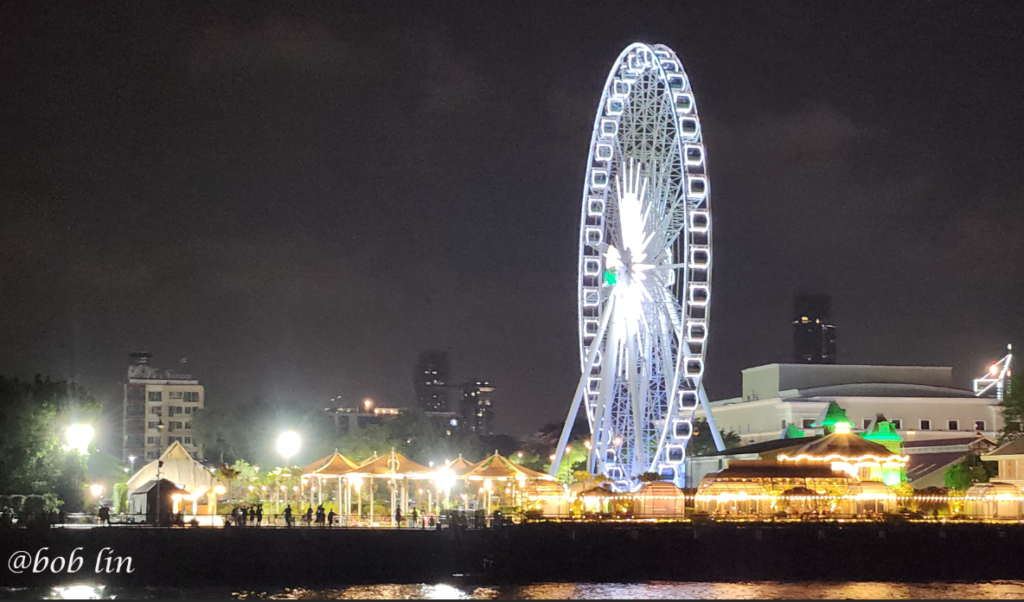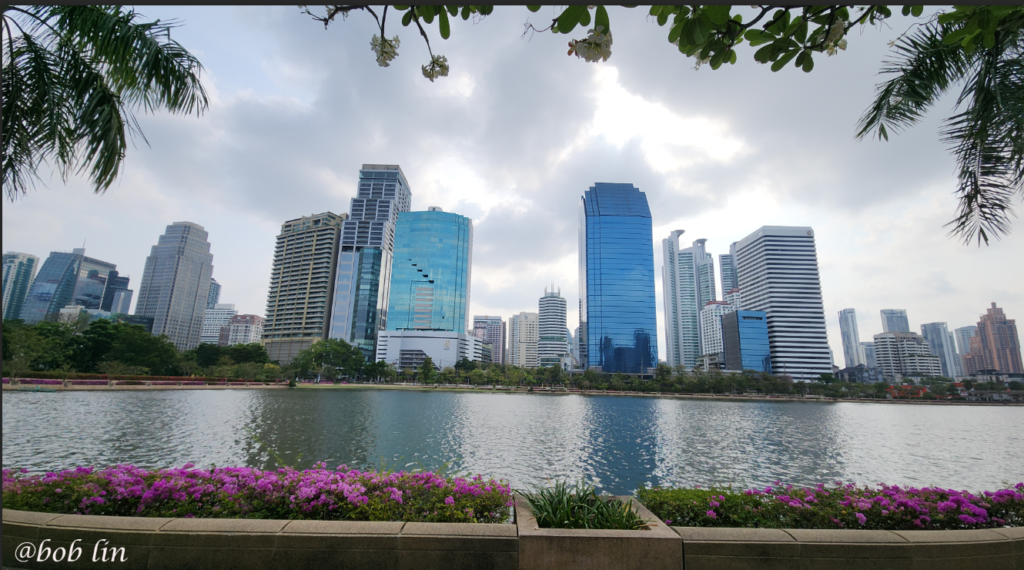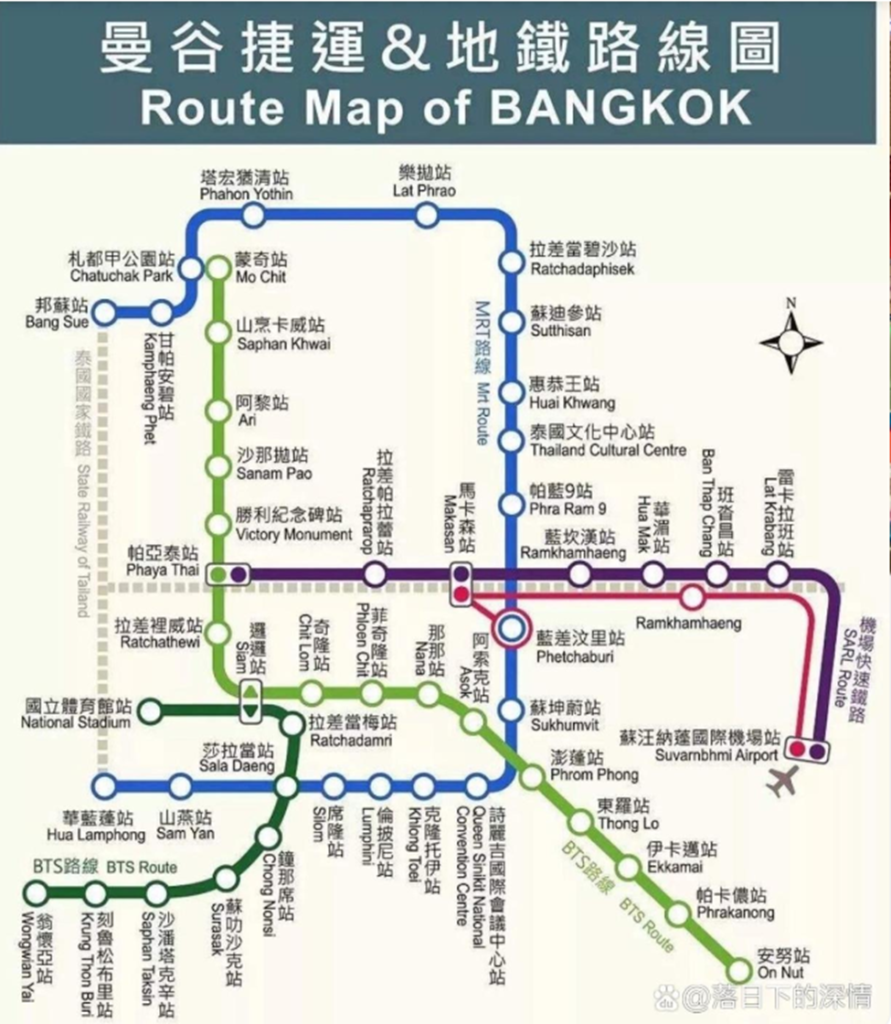Self-employment income refers to money earned from carrying out work or operating a business as an independent contractor or sole proprietor rather than as an employee of a company. It encompasses various types of work where individuals are not employed by a company but rather work for themselves. Some common examples of self-employment income include:
- Freelance Work: This includes any work done on a contract or freelance basis, such as writing, graphic design, consulting, or photography.
- Independent Contractors: Individuals who provide services to clients or businesses but are not employees. For example, independent contractors could be plumbers, electricians, web developers, or IT consultants.
- Sole Proprietorships: Business owners who operate their businesses as sole proprietors are considered self-employed. This includes small businesses such as local shops, online stores, and professional services operated by a single person.
- Gig Economy Work: Work performed through gig economy platforms such as Uber, Lyft, TaskRabbit, or Airbnb falls under self-employment income.
- Business Owners: Owners of small businesses or startups who are not considered employees of their own companies but rather draw income from their business profits are also categorized as self-employed.
Self-employed individuals are responsible for paying their own taxes, including self-employment taxes (which cover Social Security and Medicare contributions) in addition to income taxes. They often need to file quarterly estimated tax payments to cover their tax liabilities throughout the year.

